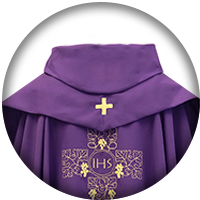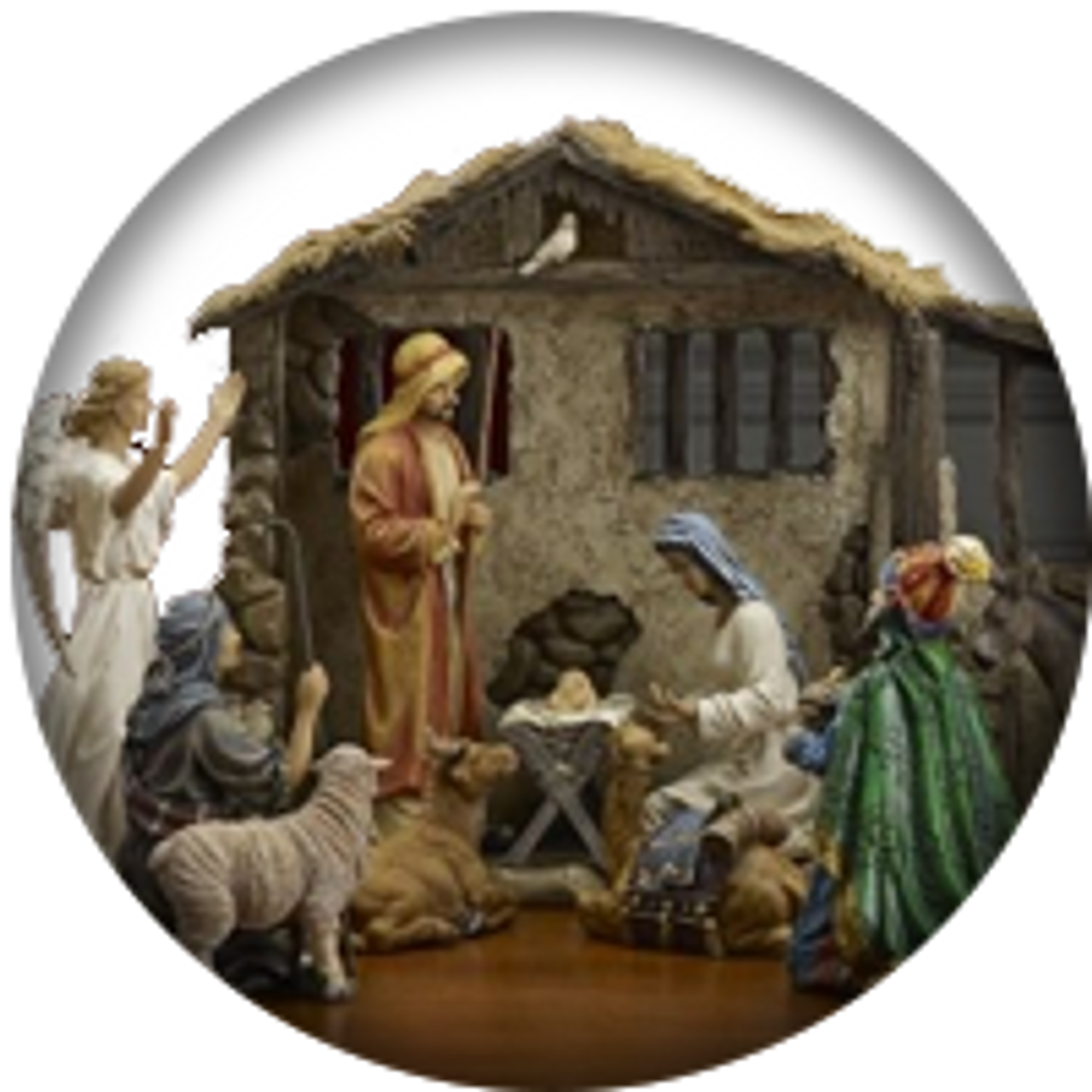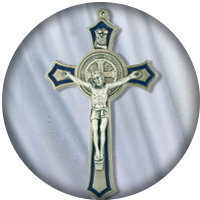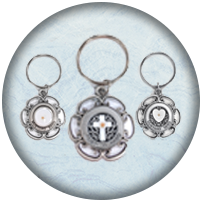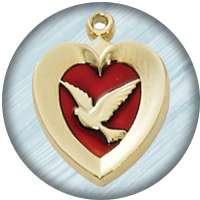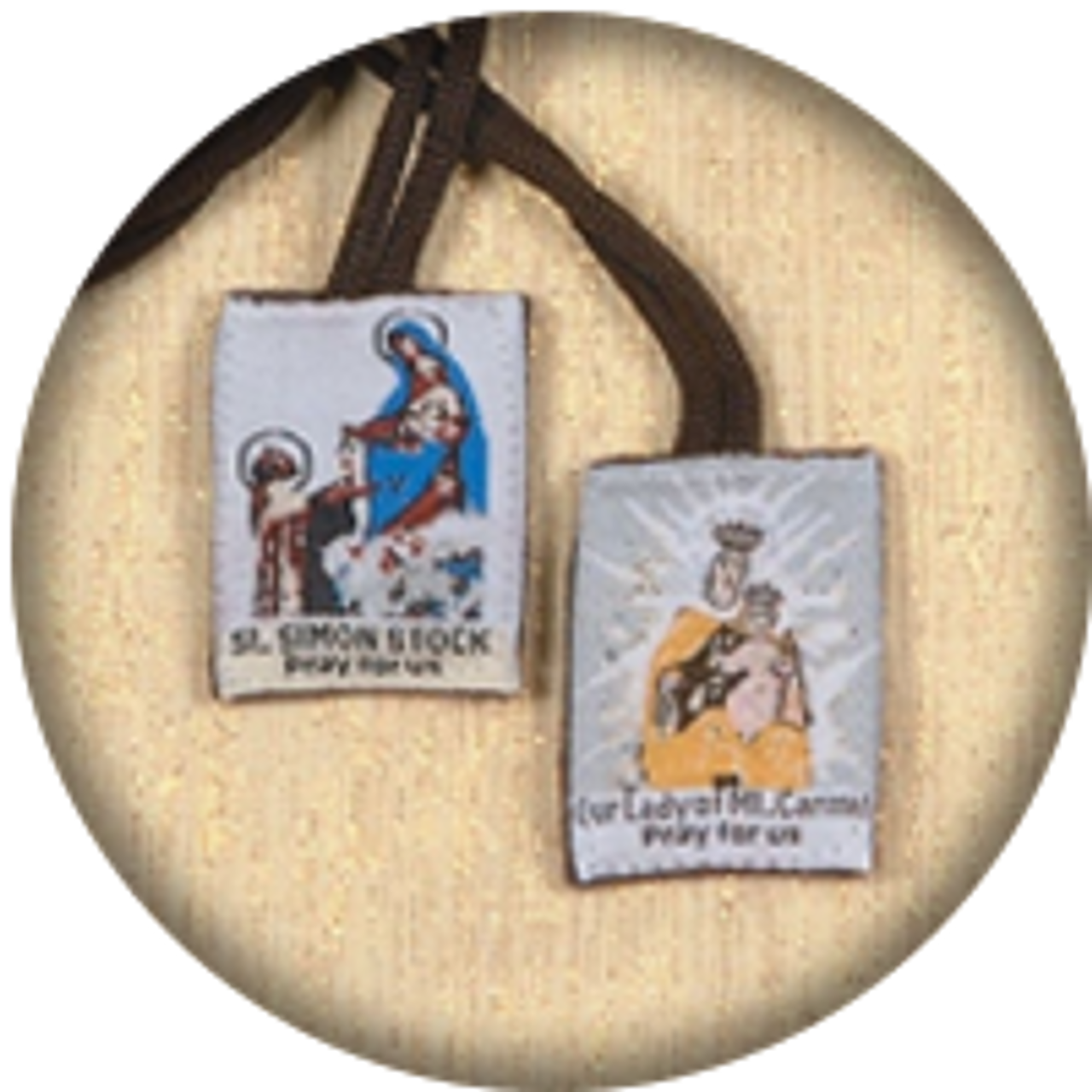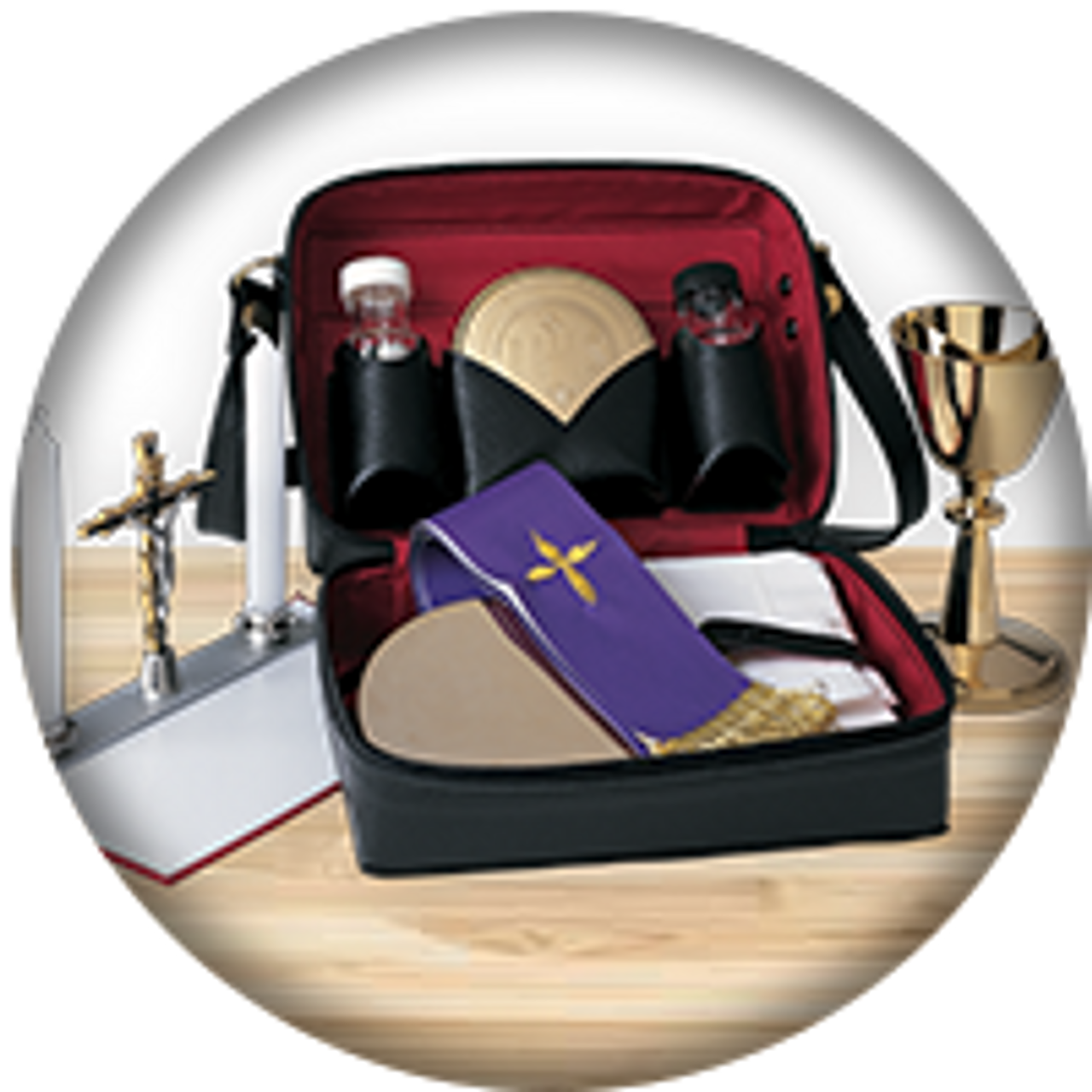ST PATRICK Part I: Early Life and Calling
Kathy Boh on 15th Mar 2016
ST. PATRICK
Part I: Early Life and Calling
(385-461)
EARLY LIFE
As most Americans have already heard—with St. Patrick Day parades and other festivities— St. Patrick is the patron saint of Ireland. It is commonly believed that he was born on Scottish—some say Welsh—soil. His mother, Conchessa , was a close relative of St. Martin of Tours, in France. His father, Calphurnius, was a high ranking Roman officer, charged with management in the British Isles. Ireland’s apostle changed his name to “Patrick” upon becoming a priest.
At age 16, he began an ordeal as a slave, kidnapped and captured by pirates, and sold to a Druid high priest and chieftain in Ireland. Ireland, at that time, was a country of pagan rulers (chieftans), warriors, and Druid priests. His life as a young man in Ireland prepared him quite well in three major ways for his later mission to the Irish people.
The (Celtic) Irish language became a fluent tongue to him. Secondly, he spent a great deal of time (while tending flocks, as David did in the Old Testament) in prayer. He grew accustomed to difficult weather, and many other discomforts, night and day. He, himself, reported that his faith grew, and that the Holy Spirit would move him to prayer… in the woods, and in the hills. Patrick’s love for God and desire for His ways continued to increase. Finally, Patrick learned much about the ways of Druid worship that had such a hold over the people of Ireland at that time.
After 6 years, an angel spoke to him and he escaped from the cruel high priest-chieftain named “Milchu”, who owned him. He then travelled a distance to the coast, where he boarded a ship bound for Britain. He eventually went to France, where he became first a priest, and then a bishop. During his years in Western Europe, he was associated with some other known saints. He spent time at St. Martin’s monastery at Tours. Eventually, he joined St. Germain, at Auxerre, in Burgundy, France. Under his leadership and influence, he became a priest. Some reports tell of his missionary work amongst the “remote” tribe of Morini, in northernmost France, near the English channel—all under the guidance of bishop Germain.
Along with St. Germain, he was sent back to Britain to fight both the heresy of Pelagius and paganism, under the pope’s auspices.
Patrick’s desire to see the Irish people free of those influences would grow over the years. His ability to be bold in overcoming the evil powers that gripped the people would also progress in strength, as he grew in the power of God through frequent and intense prayer, and he immersed himself in the truth of the scriptures.Altogether, he spent close to 20 years away from the Ireland he knew in his late teens and early 20’s.
MISSIONARY TO IRELAND
Around this time, in a vision, he saw himself being called back to Ireland. It was Pope St. Celestine I—near the end of his life— who chose Patrick to go as a missionary to Ireland. Another missionary (Palladius) had already been chosen, but had been frightened by the evil opposition of one of the pagan chieftains, named “Wicklow”.
One of Patrick’s initial goals was to re-visit his former captor and owner, Milchu. That meant travelling a couple hundred miles… with encounters and dangers along the way. Coming back as a missionary to the country steeped in pagan rituals and powerful Druid chieftains was not an easy task.
Throughout his life, Patrick would find himself fighting against the strongholds of evil amongst the Celtic people who embraced the pagan Druid worship and sacrifices. It was not physical snakes that he is known to have driven out of Ireland, but the demonic powers (represented by the image of “snakes”) that Patrick wrestled with and drove out. He learned to fight in the Spirit of God, and grew in confidence in God’s mighty defense, in His presence, in the word of God that he preached, and in the intense prayer that permeated his life.
Some modern Christians are familiar with the “spiritual warfare” practiced in the New Testament and beyond. St. Patrick’s life and mission are an inspiration. For those unfamiliar with such things, his story is truly an adventure in reality. This willing missionary was very experienced in aggressive prayer and declarations—both for and with God’s mighty power through Jesus Christ and against evil powers and their manifestations. He fought and wrestled in prayer for the conversion of the Irish people to true faith in Christ Jesus, and from pagan rituals (and the demonic forces behind such worship). Patrick came up against both physical and spiritual opposition.
St. Patrick was an active missionary throughout the country of Ireland. Patrick's strength through it all came from the time spent with his Lord. He prayed and interceded for conversions and blessings for Ireland. He even prayed— quite deliberately, with forethought, into the future—and received some answers regarding the Irish people until the time when Christ would come again. Generations of lrish descendents are blessed because Patrick was willing to be a vessel surrendered to the will and the power of God.
Although prayer continually filled and invigorated his life, a high mountain—later named “Croagh Patrick”— became a special place of retreat and prayer for St. Patrick. He likened it to Mt. Sinai for Moses, and had been instructed by his guardian angel to spend time there. On this mountain, he fought many battles in prayer, against demonic harassment, and with personal deprivation.
Once, on this approximately 4,000 foot high elevation (on the Atlantic side of Connaught, facing Clew Bay) he had gone to pray and dwell in the small, indented cave-type area in the rock. St. Patrick became encircled with demons that were so many they were like a huge dark cloud surrounding the sky and blocking all views. Fierce was his prayer and strong was his battle, and it seemed—as typical in spiritual battles!—that God was not hearing, and answers were not coming.
He kept standing in prayer, and crying out to God, unmoved by the demonic harassment. Finally, he was moved to ring his “bell”, signifying the truth of God that he preached (and heard by many surrounding the mount), and the cloud began to break up and evil powers began to flee. It is reported that the victory over the enemy spirits lasted for the next 7 years. It was won on that mountain as he stood firm in faith, in prayer, and in fasting. He preferred God’s blessings and the salvation for the Irish people more than any comforts or financial gifts anyone could give him—and many chieftains and men of rank offered him such things, as they came to love the Lord.
Early in his missionary journey through Ireland, he was met by a chieftain named “Dichu”, who attempted to stop him from further travel. As Dichu raised his sword to attack Patrick, his arm became frozen as stone. Only when he yielded to the power and supremacy of God did his arm become free once again. Dichu was impressed with the humble character and miracles of Patrick, and sought to learn more. He ended up providing Patrick with a barn as a sanctuary for worship. Over time, it became for Patrick a place for quiet retreat and prayer.
His former owner, Milchu, heard of Patrick’s reputation and deeds. As Patrick approached his grand home, news came to Milchu that Patrick was near. Rather than face his former slave, and acquiesce to the victory of the Christian God, he gathered possessions into his home and fortress. He then set it all on fire—throwing himself into the flames.
The story, however, does not end there. Happily, the son and two daughters of Milchu became outstanding Christians—even one saint amongst them! The son became St. Guasach, and the two daughters founded a convent nearby.
Next, we will publish “Part II: Mighty Victories”: Prayerful Preparation for Battle… St. Patrick’s Breast-Plate

